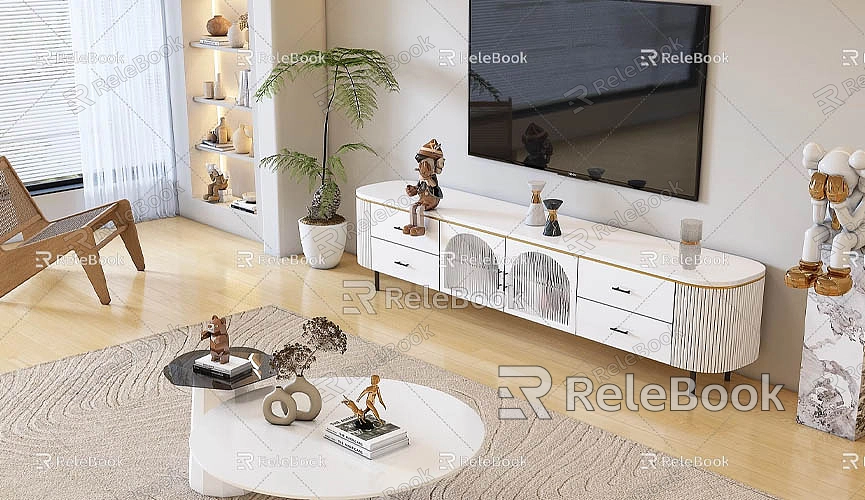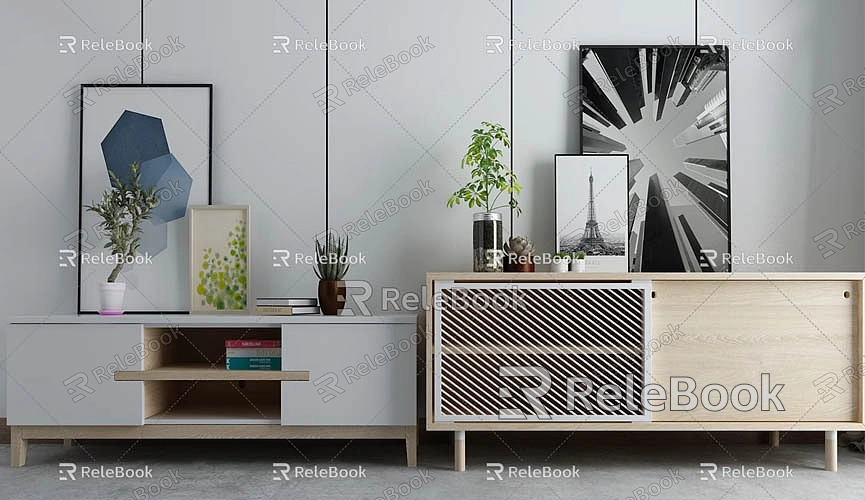How to Import Models into SketchUp Web
In modern 3D modeling, SketchUp Web has become the go-to tool for many designers and architects due to its ease of use and powerful online features. It is especially valuable when you need to quickly build and share design concepts, offering a great deal of flexibility. However, for some new users, importing external models into SketchUp Web may be a common challenge. While SketchUp Web has some limitations when it comes to model imports compared to the desktop version, it still offers several ways to import models efficiently to help designers complete their projects.
This article will dive deep into how to import models into SketchUp Web, from accessing 3D Warehouse to supporting other external file formats, providing you with various import options and how to maximize these features to boost your modeling efficiency.

Understanding SketchUp Web’s Basic Import Features
As a browser-based modeling tool, SketchUp Web doesn't have the complete file support and functionality of SketchUp Pro. However, it still offers several ways to import models. You can access models from the built-in 3D Warehouse or upload various 3D files from external platforms. These import methods allow you to integrate ready-made design elements from external resources, saving time and enhancing your project’s design.
Unlike SketchUp Pro, SketchUp Web supports a more limited set of file formats. While Pro supports more complex formats such as DWG, FBX, and OBJ, SketchUp Web mainly supports SKP files and models from 3D Warehouse. If you want to import other file formats, you will need to use SketchUp Pro to convert them into SKP format before uploading to SketchUp Web.
Importing Models from 3D Warehouse
3D Warehouse is SketchUp’s extensive online resource library that contains thousands of 3D models, including buildings, furniture, landscapes, and various decorative elements. For SketchUp Web users, the easiest way to import models is directly from 3D Warehouse.
The steps to import models from 3D Warehouse into SketchUp Web are straightforward. Through 3D Warehouse, you can quickly find the models you need and import them directly into your current project. These models are typically uploaded by SketchUp users worldwide, and you can choose models that fit your project’s theme or modify and optimize them further.
Models from 3D Warehouse are available for free and can be dragged directly into the workspace, placed wherever you need them. This method allows you to quickly create a complete design scene, saving a lot of time that would otherwise be spent building from scratch. While most models in 3D Warehouse are optimized, there may still be some complex models that require manual simplification or adjustments to improve performance and loading speed.
Uploading Models from External Platforms
In addition to 3D Warehouse, SketchUp Web allows users to upload models from external platforms such as local hard drives, Google Drive, or Trimble Connect. However, SketchUp Web currently supports the import of SKP files primarily. That means if you have 3D files in other formats such as OBJ, FBX, or STL, you cannot upload them directly into SketchUp Web. You will need to convert these files to SKP format first before uploading.
If you have a pre-existing 3D model and want to import it into SketchUp Web, you can use SketchUp Pro to convert it. SketchUp Pro supports importing a variety of file formats, so you can import your OBJ, FBX, or other models into SketchUp Pro, save them as SKP files, and then upload them to SketchUp Web.

Using the SketchUp Web Model Library
Another great feature of SketchUp Web is its built-in model library. This library contains a wide range of basic geometric shapes, furniture, decorative items, and other models that can meet your basic design needs. Whether it’s walls, doors, windows, curtains, tables, chairs, or small decorative objects, you’ll find plenty of resources in the SketchUp Web Model Library.
When importing models from this library, you can use the search bar to quickly find the items you need and drag them directly into your project. Compared to 3D Warehouse, the models in the SketchUp Web library tend to be simpler and more basic, making them ideal for quick prototyping or initial design work.
Importing from Google Drive and Trimble Connect
For users who need to import files from the cloud, SketchUp Web also provides convenient file upload options. By saving model files to Google Drive or Trimble Connect, you can easily bring them into SketchUp Web for editing.
If you store your models on Google Drive or Trimble Connect, SketchUp Web supports direct import from these cloud storage services. After uploading the files to the cloud, you can go to the "File" menu in SketchUp Web, select "Import," and choose the file you wish to import to bring the model into your current workspace.
Model Optimization and Management
Although SketchUp Web offers several ways to import models, it’s essential to pay attention to model optimization during the import process. Because SketchUp Web is an online tool, it demands higher hardware performance, particularly when importing large models or models with complex textures. You may encounter slow loading times or lag if the model is too heavy or complex. Therefore, optimizing the size and complexity of your imported models is crucial.
If the imported model is too complex, it's a good idea to simplify or optimize it beforehand using SketchUp Pro. You can remove unnecessary details, reduce excessive face counts, and optimize texture sizes. This helps maintain the model’s quality while enhancing the overall performance in SketchUp Web.
For large models, consider breaking them into smaller parts and importing them step by step to avoid performance issues caused by loading too much content at once. Using the "Component" feature to divide the model into different parts also helps in better managing and manipulating complex designs.
Leveraging External Resource Libraries to Boost Design Efficiency
In addition to importing models from 3D Warehouse, designers can use external resource libraries for 3D models and textures to enhance their designs. This is particularly helpful when creating high-quality virtual scenes, where designers often need many 3D textures and HDRI images to add realism and detail to models.
If you need high-quality resources to enrich your designs, you can visit the Relebook platform.
Relebook offers a vast collection of free and premium 3D resources, including beautiful textures, HDRI images, and 3D models, to help you boost your design efficiency. You can download high-quality textures and HDRI images for free at [https://textures.relebook.com/](https://textures.relebook.com/), or get exquisite 3D models at [https://3dmodels.relebook.com/](https://3dmodels.relebook.com/). Whether you're looking for scenes, people, buildings, or product models, Relebook has a wide range of resources to help you make your design projects more vivid and realistic.
While SketchUp Web differs from SketchUp Pro in terms of functionality, it still offers several ways to import models, making modeling and design work much more convenient. Whether you're uploading files from 3D Warehouse, Google Drive, or Trimble Connect, or using SketchUp Pro to convert other file formats into SKP, SketchUp Web can help you easily import models.
To optimize the design process and improve workflow efficiency, designers should pay attention to model optimization to ensure smooth performance in SketchUp Web. By using the model library, external resources, and high-quality textures and models, designers can quickly build their projects and create more refined, professional designs.
If you need a wide range of high-quality 3D textures and HDRI images for your virtual scenes, you can download them for free from [https://textures.relebook.com/](https://textures.relebook.com/). If you're looking for beautiful 3D models, you can find them at [https://3dmodels.relebook.com/](https://3dmodels.relebook.com/), with a wealth of premium 3D resources available. By incorporating these quality resources into your work, you'll be able to take your design to the next level and create stunning 3D models.

